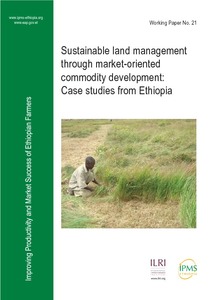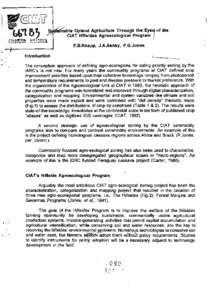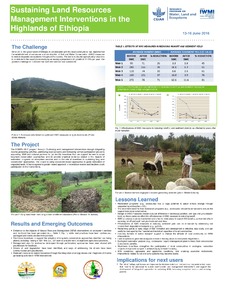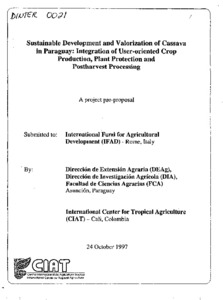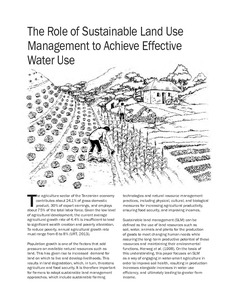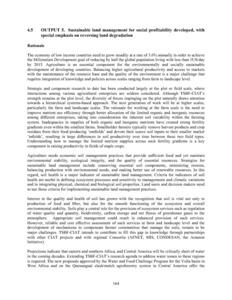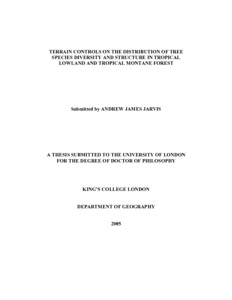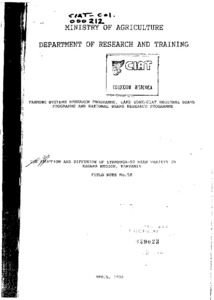Sustainable land management through market oriented commodity development: Case studies from Ethiopia
Land degradation has been identified as severe environmental problem in Ethiopia, especially since the early 1970s. Because there is significant degradation on cultivated lands in Ethiopia, there is potentially high payoff to addressing degradation in the country. In this paper we focus mainly on the effect of short-term benefits to farmers and the explicit considerations of the linkages between natural resource management and market-oriented commodity development on the adoption and scaling out of sustainable land management practices.

